Science Communication in Earth, Planetary and Environmental Sciences
Student experience 8th July 2022

Undergraduate students in the third year of their course take a module with a focus on Science Communication. This aims to help them to transform their growing knowledge of their subject into a format that can be understood by a wider audience.
They were asked to examine how science could be translated from a peer-reviewed journal article, written for an audience of other scientists, to media stories written for the general public. Then, they put this into practice, by communicating this science through a vehicle of communication of their own choice.
Some students chose, print journalism, TV news stories or government policy documents, others museum displays, outreach materials for schools, or blog posts. Here are some of the highlights, and their thoughts on the project!
Joe and Dan
“For the project, we travelled to a monoculture forest in the Peak District to illustrate the current practices of planting monoculture forests to mitigate the effects of climate change. We later go on to discuss how carbon sequestration, biodiversity and forest productivity could actually be increased with the plantation of mixed-species forests.
We really enjoyed making the video, as it gave us an opportunity to learn more and spread awareness for an issue we were already interested in and passionate about. It was also a good excuse to get out of the city and have a day in the Peaks!”
Lana- Scientists in Space
“I wanted to set myself the intellectual and creative challenge of writing from a point of view that I don’t necessarily prescribe to or agree with. Being a planetary scientist, I think that physical space exploration is pivotal to the advancement of the field, but within this assignment I ‘act’ as a conspiracy theorist journalist who holds the view that space travel is dangerous and could be bringing back deadly diseases (using the main relevant example of COVID-19).
I copied the styles of the sensationalist news site ‘The Sun’, right down to the layout of the articles, font type, headings and use of hyperboly to illicit a strong response from readers.”
Lauren- Slash and burn
“I chose to do a News Story discussing the paper: ‘Air quality and human health improvements from reductions in deforestation-related fire in Brazil’ by Reddington, C. L, et al. (2015). To summarise the paper, Reddington, C. L, et al. recognised deforestation of the Amazon rainforest to be negatively affecting air quality and therefore human health.
Deforestation is predominantly done by slash-and-burn technique which releases harmful combustion products into the atmosphere, exposing humans to its deleterious health effects. This study therefore goes on to analyse the effect which reduced deforestation rates has on human health. Conclusively, a ~40% reduction in deforestation of the Amazon rainforest between 2001-2012 has prevented between 400-1,700 premature deaths each year.
Now, the task was to succinctly portray these findings in the form of a news story broadcast to its typical audience. This, I found particularly interesting as it challenged my ‘learnt’ way of writing; so far in university I have tried to write papers to the standard of a specialised academic, now, I had to consider the other ‘presentable’ side of science to be consumed by a non-specialised audience, and do this in just a 2-minute CNN segment!
I had to consider the ‘attraction’ strategies used by news broadcasters with dramatic ‘click-bait’ news titles, this would grab my attention as a viewer. Next, my intention was to drive an understanding of the important link between deforestation by fire and human health, without getting lost in the technical science, which I hope you recognise from this video – please enjoy!”
Interested in learning more about Science Communication? Read more about our alum Tim Gregory and his work sharing science in the media. Explore our undergraduate degrees on our website.

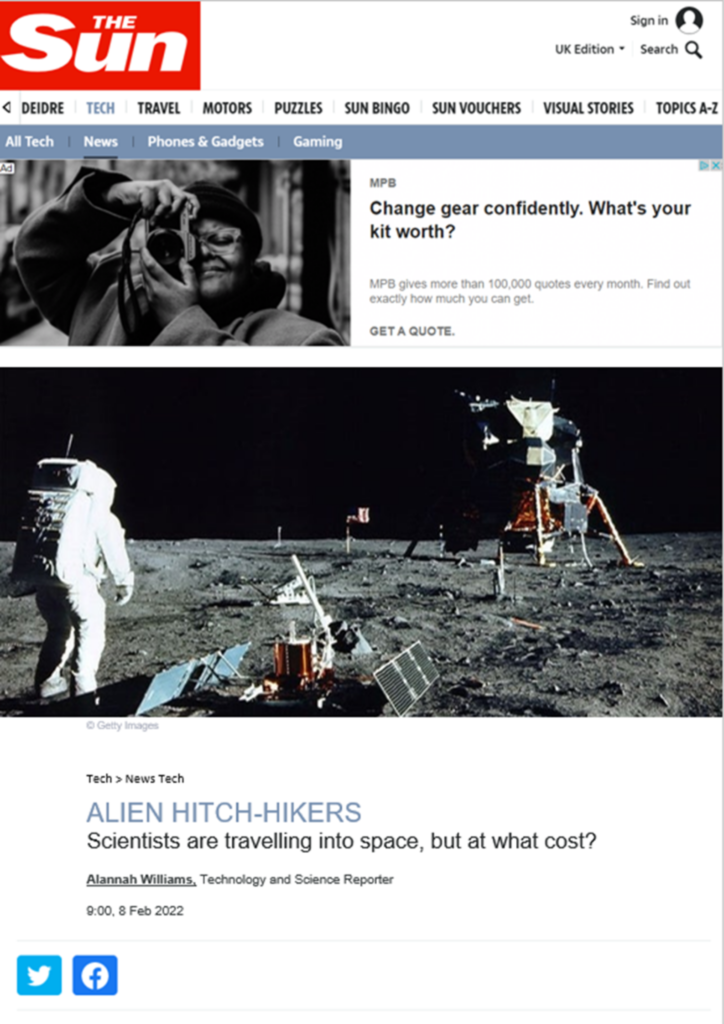
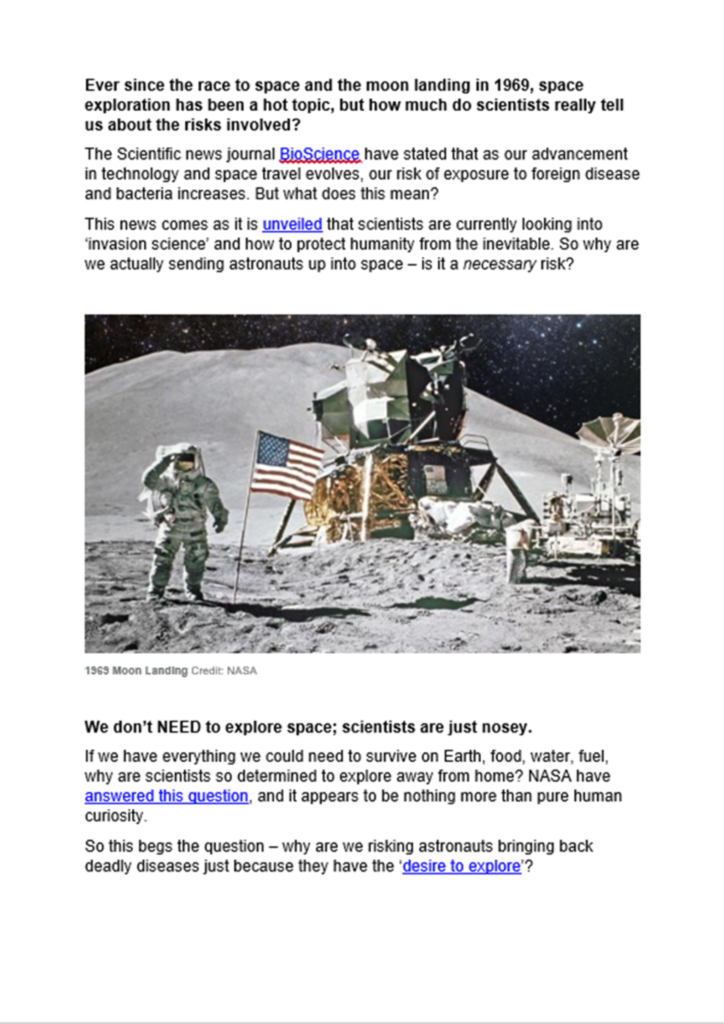
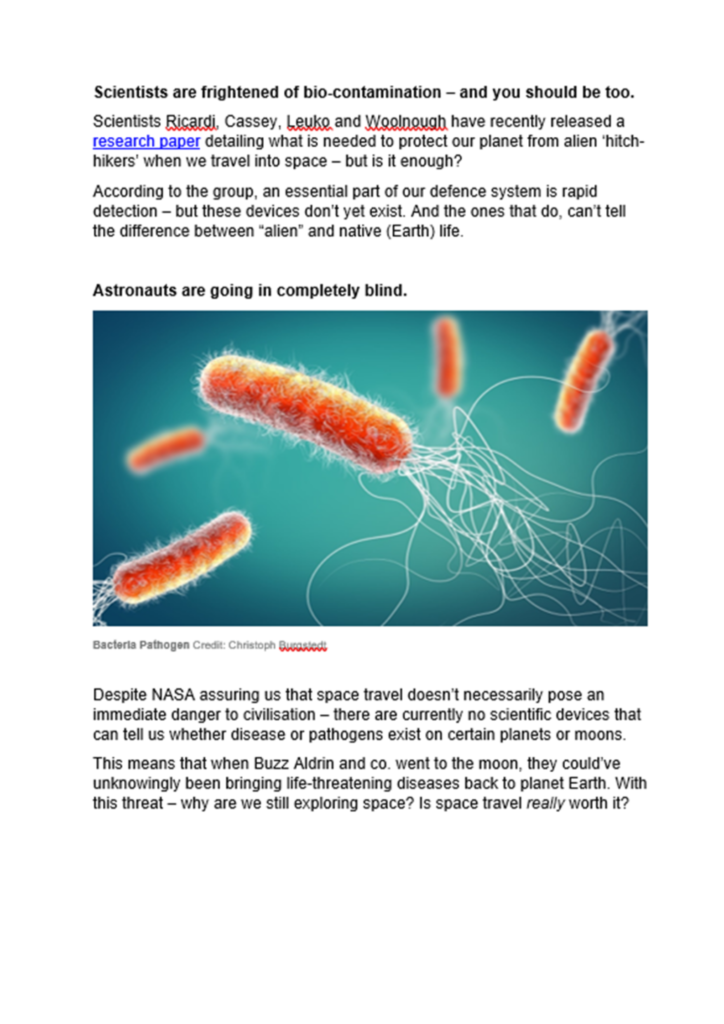
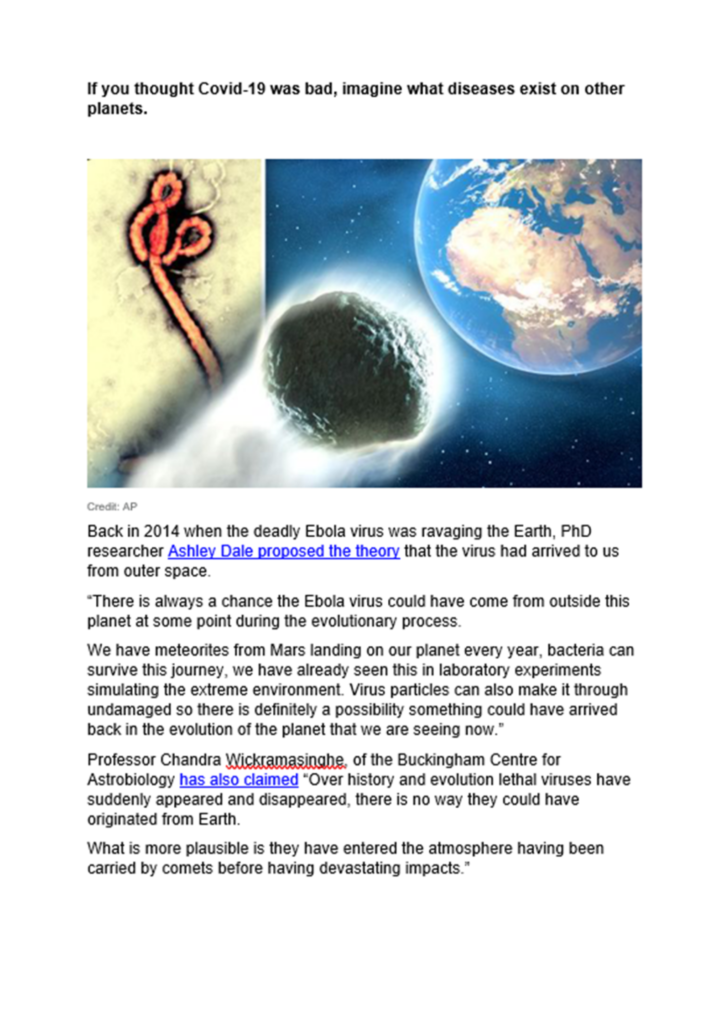
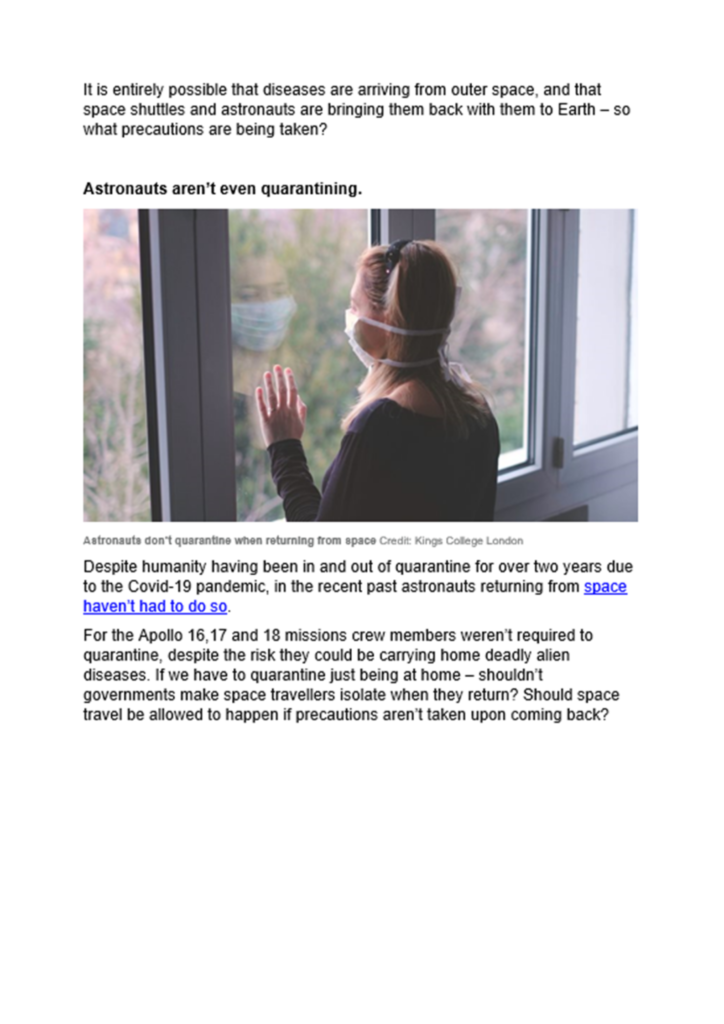

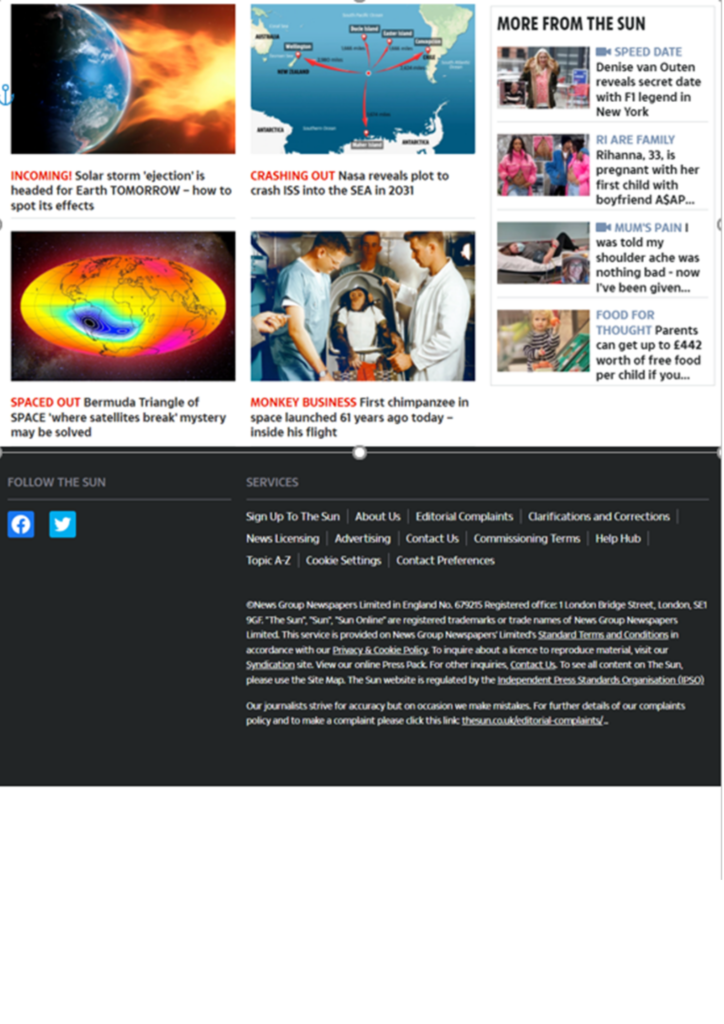

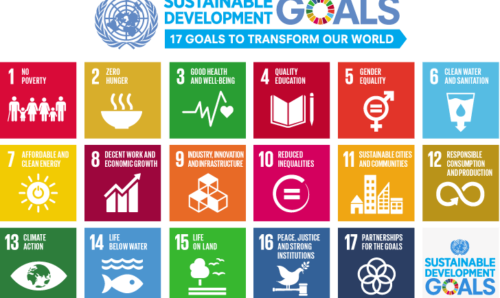
Leave a Reply